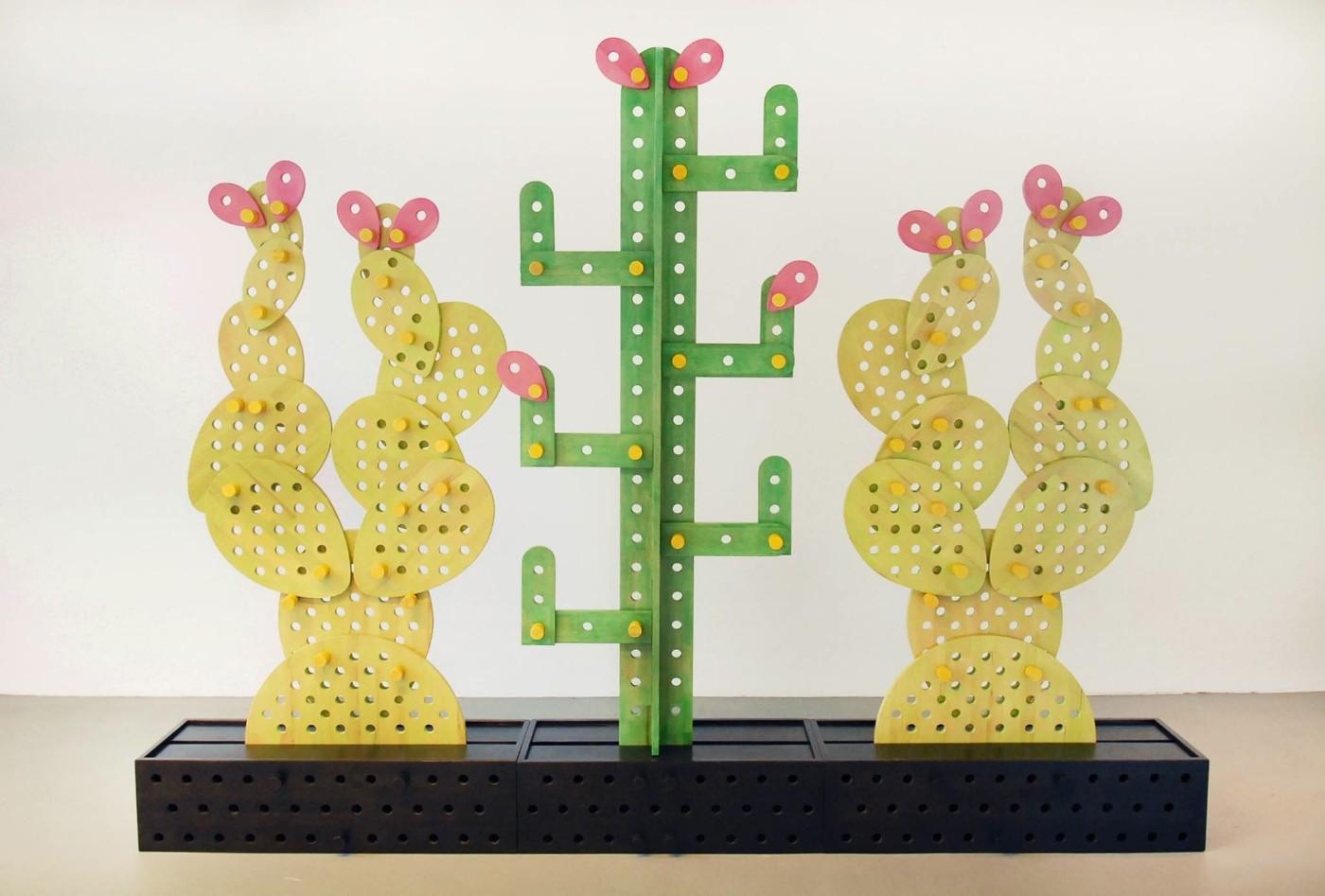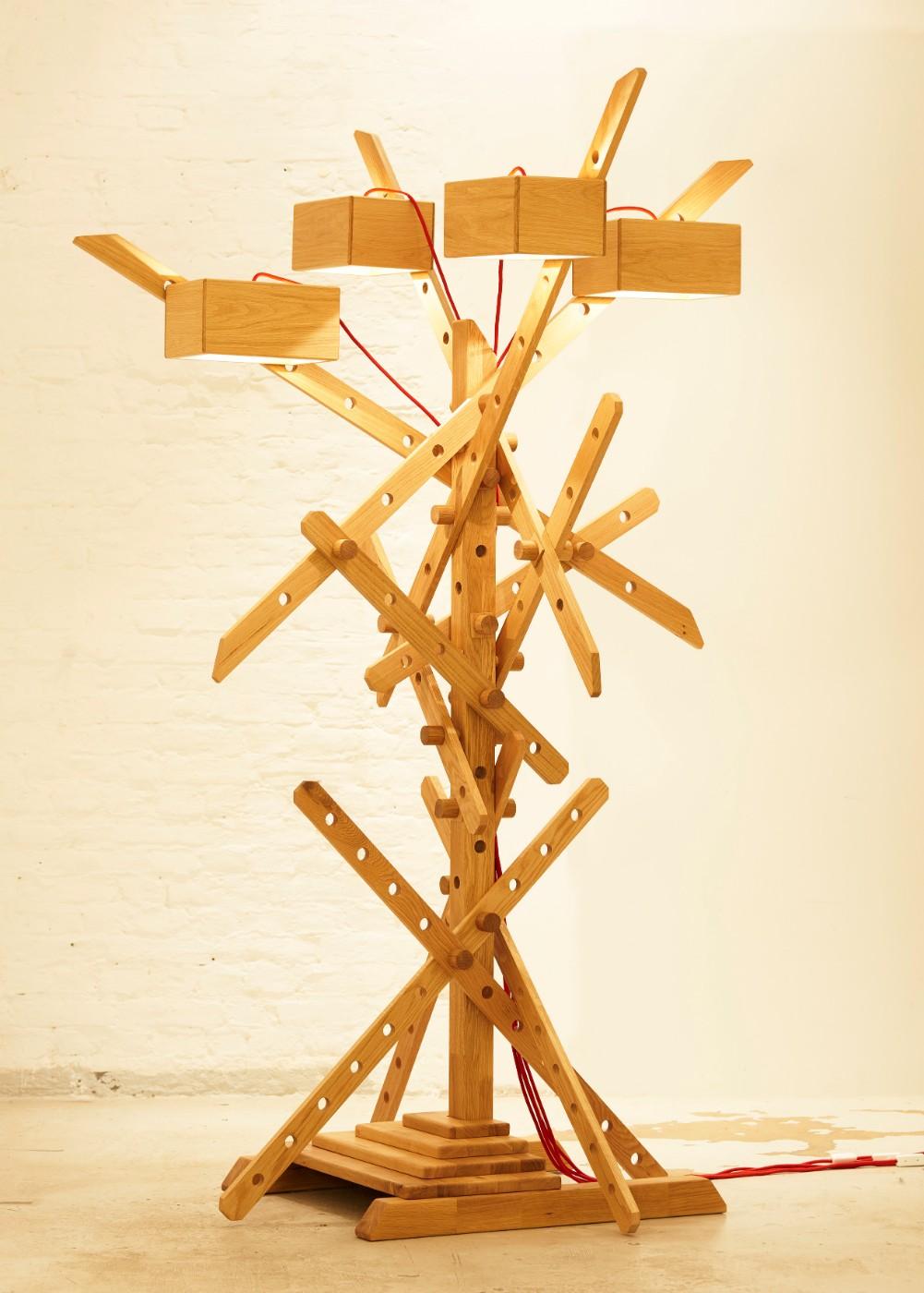Berlin-based designer Shigeki Yamamoto makes furniture for adults who don't want to be too far removed from the joys of childhood. Using components reminiscent of tinker toys, Yamamoto's furnishings are meant to remind us of our youthful creativity. He recently took the time to speak with Art & Object about his inspirations and design process.
Chandra Noyes: When did you start making furniture and why?
Shigeki Yamamoto: After I graduated college, I started to work as an assistant to a Japanese artist who makes sculpture with metal. I learned to use and treat the material with him. And at the same time, I started to make my furniture. It was around 1999-2000. I studied interior design in my college in Osaka, though my furniture when I was a student was not typical furniture to use in daily life, they were more like art objects. When I traveled in Holland I encountered Dutch design which made furniture more like art. I realized that furniture like mine could straddle art and design. Since then I have made contemporary furniture and still make it now.



























![DEl Kathryn Barton [Australian b. 1972] the more than human love , 2025 Acrylic on French linen 78 3/4 x 137 3/4 inches 200 x 350 cm Framed dimensions: 79 7/8 x 139 inches 203 x 353 cm](/sites/default/files/styles/image_5_column/public/ab15211bartonthe-more-human-lovelg.jpg?itok=wW_Qrve3)



